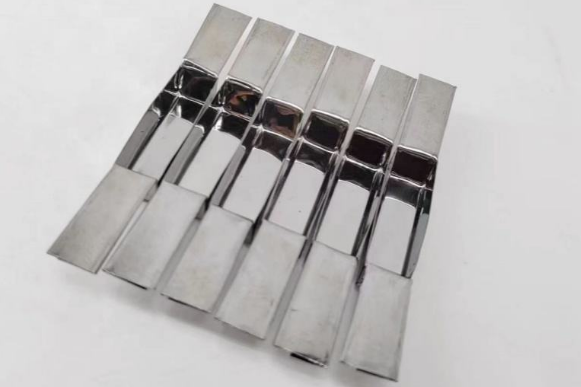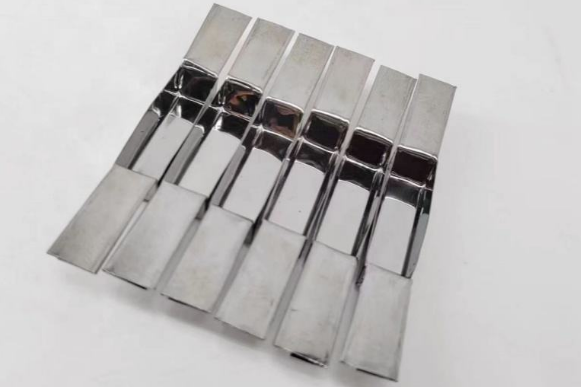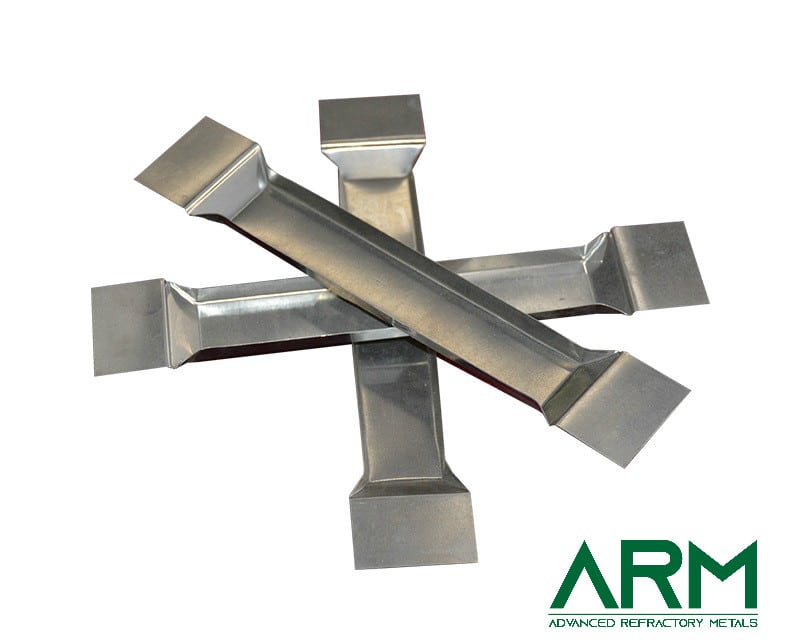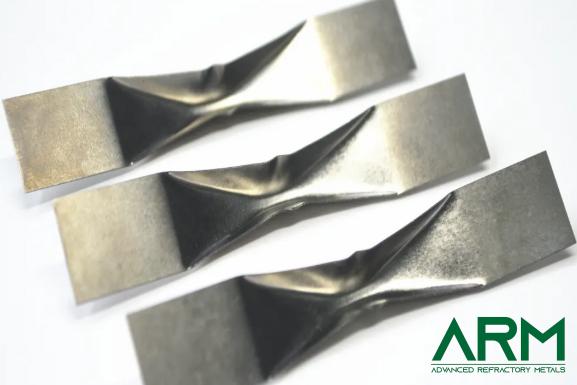Metal Boats for Vacuum Deposition: Molybdenum, Platinum, Tungsten, and Tantalum

In vacuum deposition techniques such as thermal evaporation and physical vapor deposition (PVD), metal boats are essential components for holding and heating the source material. The choice of boat material affects the evaporation rate, purity of the deposited film, compatibility with source substances, and the overall reliability of the process.
Among the most commonly used boat materials are molybdenum (Mo), platinum (Pt), tungsten (W), and tantalum (Ta)—each offering distinct physical and chemical properties tailored to specific application needs.

Molybdenum Boats: High Performance at Low Cost
Molybdenum boats are a reliable and cost-effective solution for many thermal evaporation processes. With a high melting point of 2,623°C, molybdenum performs well under vacuum or inert gas conditions and can handle a broad range of source materials, including metals and some oxides. It has excellent thermal conductivity and maintains mechanical strength at elevated temperatures.
However, molybdenum boat is prone to oxidation in open air or oxygen-rich environments at high temperatures. Therefore, it is best suited for vacuum or controlled atmosphere applications.

Key Advantages of molybdenum boat:
- High melting point and thermal strength
- Economical and widely available
- Suitable for general-purpose thermal evaporation
Platinum Boats: Chemically Inert and Long-Lasting
Platinum is known for its exceptional chemical inertness and oxidation resistance, making it ideal for evaporating corrosive or reactive materials. With a melting point of 1,768°C, it is not the most heat-resistant among the group, but its stability in both vacuum and oxidizing atmospheres ensures consistent performance. Platinum boats are highly durable and reusable, especially in processes that demand ultra-clean deposition such as optics, biomedical coatings, and advanced electronics.
The main trade-off is cost—platinum is significantly more expensive than refractory metals—but in high-value applications, its reliability often outweighs the expense.
Key Advantages of platinum boat:
- Excellent chemical resistance
- Oxidation-stable in air or vacuum
- Reusable and long-lasting for high-purity applications
Tungsten Boats: Maximum Heat Resistance
Tungsten has the highest melting point of all metals (3,422°C), making it the go-to material for extreme-temperature vacuum deposition. It is particularly effective when evaporating high-melting-point materials such as alumina, refractory oxides, or refractory metals. Tungsten boat also maintains its structural integrity at high temperatures and offers good thermal conductivity.
However, tungsten boat is brittle and can oxidize rapidly in the presence of oxygen at elevated temperatures. Like molybdenum, it should be used in high vacuum or inert environments.

Key Advantages of tungsten boat:
- Extremely high melting point
- High thermal conductivity and stability
- Suitable for demanding evaporation tasks
Tantalum Boats: Balanced Performance in Harsh Conditions
Tantalum combines high temperature resistance (melting point: 3,017°C) with excellent chemical compatibility, especially in corrosive or reactive deposition environments. It is less reactive than molybdenum and tungsten, and more affordable than platinum, making it a versatile middle ground. Tantalum is commonly used for depositing oxides, fluorides, and other compounds in semiconductor and optical coating industries.
Its high workability and corrosion resistance make tantalum boat a reliable choice when both chemical resistance and high thermal stability are required.
Key Advantages of tantalum boat:
- High melting point and good chemical resistance
- Excellent compatibility with aggressive or reactive source materials
- Cost-effective alternative to platinum in many cases
Comparison Table: Molybdenum, Platinum, Tungsten, and Tantalum Boats for Vacuum Deposition
|
Property |
Molybdenum Boat |
Platinum Boat |
Tungsten Boat |
Tantalum Boat |
|
Melting Point (°C) |
2,623 |
1,768 |
3,422 |
3,017 |
|
Thermal Conductivity |
High |
Moderate |
High |
Moderate |
|
Chemical Resistance |
Moderate (in vacuum) |
Excellent |
Low (in air) |
Good |
|
Oxidation Resistance |
Low |
Excellent |
Poor |
Good |
|
Cost |
Low |
Very High |
Moderate |
Moderate |
|
Ideal Environment |
Vacuum/Inert |
Oxidizing/Vacuum |
High Vacuum |
Reactive/High Temp |
|
Typical Applications |
Metals, semiconductors |
Optics, sensors, bio-coatings |
High-temp ceramics, oxides |
Semiconductors, oxides, fluorides |
Conclusion
Each metal boat material has its own advantages and limitations depending on the evaporation temperature, chemical reactivity of the source material, and the atmosphere in which it is used.
Molybdenum boat offers an economical solution for general deposition under vacuum. Platinum excels in high-purity, reactive environments. Tungsten boat is unmatched for ultra-high temperature applications. Tantalum provides a well-rounded solution with both thermal and chemical resilience.
By carefully matching the metal boat to your specific process conditions, you can achieve optimal film quality, improve operational efficiency, and prolong equipment life in vacuum deposition systems. For more metal materials, please check Advanced Refractory Metals (ARM).
{{item.content}}
LEVE A REPLY
{{item.children[0].content}}
{{item.content}}






